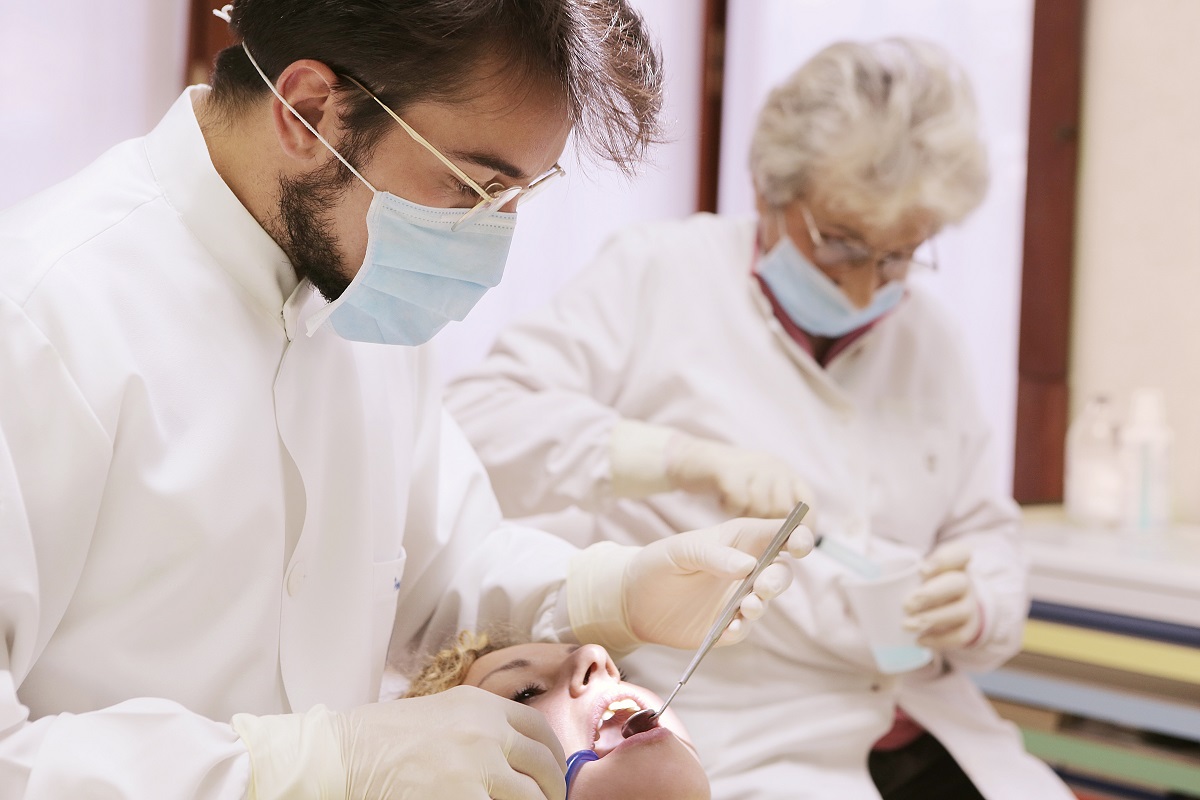Maintaining foot and ankle health is essential to overall well-being, especially for individuals dealing with chronic conditions or injuries. Among the most common and serious issues are diabetic foot wounds and ankle ligament injuries. Both conditions, if left untreated, can lead to long-term complications, but timely intervention and professional care can mitigate these risks.
In this article, we’ll explore the importance of treating diabetic foot wounds and Ankle Ligaments Treatment, as well as the innovative treatments available to ensure the best possible outcomes.
Understanding Diabetic Foot Wounds
For individuals with diabetes, foot care is critical. Diabetic foot wounds, often referred to as diabetic ulcers, can develop as a result of poor circulation, neuropathy (nerve damage), or even minor injuries. These wounds may start small but can rapidly worsen if not managed properly, leading to infections and, in severe cases, amputation.
Since diabetic patients often have reduced sensitivity in their feet, injuries or sores might go unnoticed. Over time, these wounds become difficult to heal due to a lack of proper blood flow. It’s crucial for individuals with diabetes to regularly inspect their feet for cuts, blisters, or any signs of infection. Early detection can make a significant difference in treatment outcomes.
Innovative Treatments for Diabetic Foot Wounds
Fortunately, modern medicine offers a variety of treatment options for diabetic foot wounds. These treatments often begin with cleaning the wound and removing any dead or infected tissue—a process called debridement. Advanced wound care techniques, including the use of specialized dressings, ointments, and even growth factor therapies, can accelerate healing.
For patients with severe circulation issues, vascular interventions may be necessary to restore proper blood flow to the affected area. In some cases, hyperbaric oxygen therapy (HBOT) is also recommended, as it can significantly boost the body’s ability to heal by increasing oxygen levels in the blood.
With diligent care and advanced treatments, most diabetic foot wounds can heal without complications. However, the key lies in seeking professional care early.
The Role of Ankle Ligaments in Foot Health
While diabetic foot wounds pose a significant risk, ankle injuries are another common concern that can affect anyone. The ankle joint is held together by strong ligaments, which allow for stability and mobility. However, these ligaments are prone to injury, especially during physical activities or due to accidents. Sprains, tears, or even complete ruptures of ankle ligaments are not uncommon and require immediate attention.
Ankle ligament injuries range from mild sprains, where the ligaments are overstretched, to severe tears, where the ligament is partially or fully torn. Symptoms include pain, swelling, bruising, and difficulty bearing weight on the affected foot. Ignoring these symptoms or continuing to use the injured ankle can lead to chronic instability, prolonged discomfort, and even arthritis.
Advanced Ankle Ligament Treatment Options
Treatment for ankle ligament injuries typically begins with conservative methods, such as the R.I.C.E. method (Rest, Ice, Compression, and Elevation), to reduce pain and swelling. Anti-inflammatory medications can also be used to manage pain in the early stages. Physical therapy is crucial for restoring strength, flexibility, and range of motion.
Conclusion
Whether you’re dealing with diabetic foot wounds or ankle ligament injuries, early detection and treatment are essential. Ignoring symptoms or delaying treatment can lead to severe complications that impact your mobility and quality of life. Professional care, especially from experts who specialize in foot and ankle health, ensures a faster, more complete recovery. To learn more about the specialized care available for diabetic foot wounds and ankle ligament treatment, visit thrivefootandankle.com. Taking the first step towards comprehensive foot health can make all the difference in living a pain-free, active life.















